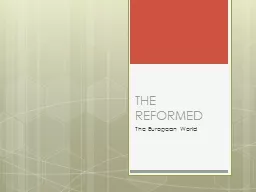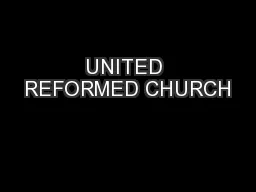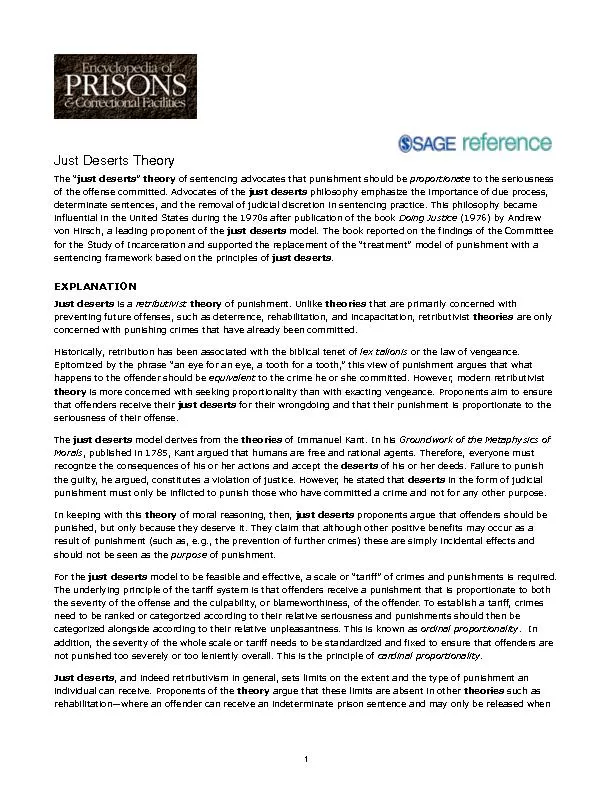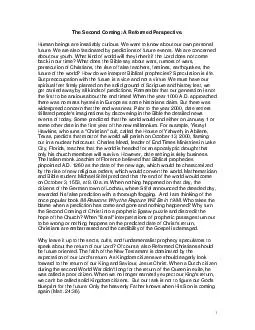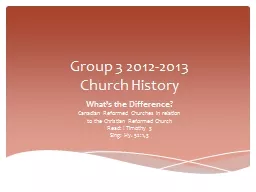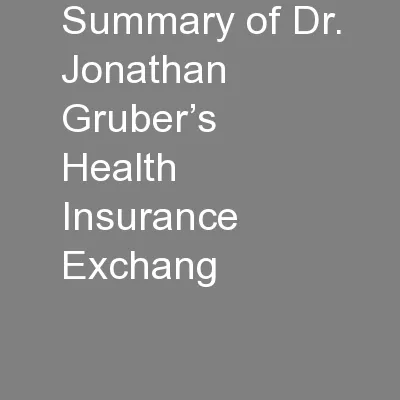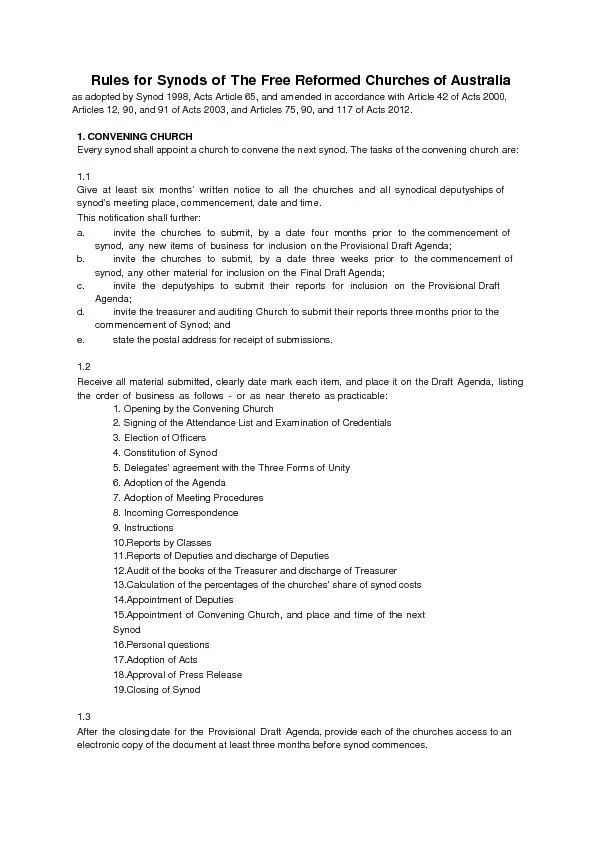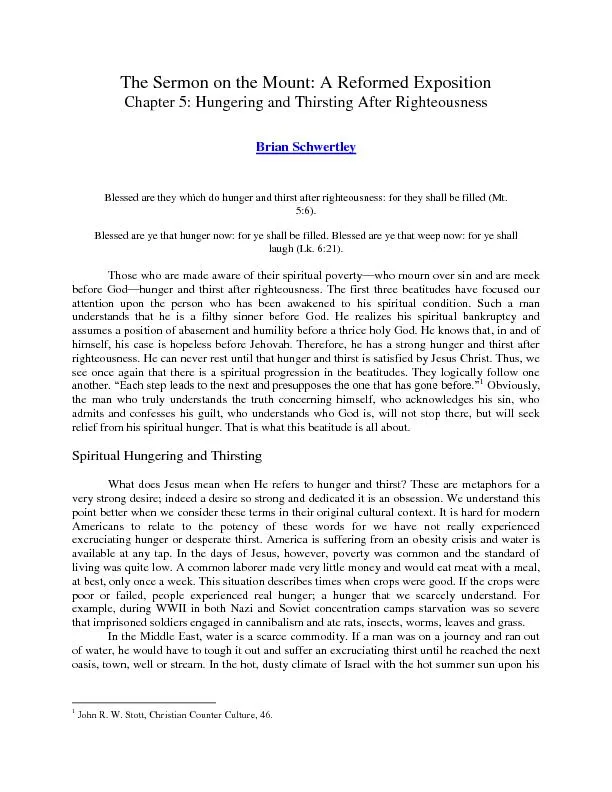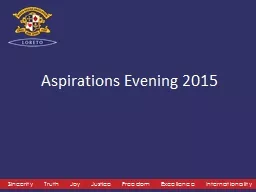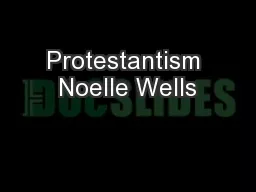PPT-THE REFORMED
Author : mitsue-stanley | Published Date : 2016-02-27
The European World Recap Luthers Reformation conditioned by its context Peculiarities of the Holy Roman Empire Printing Press Two key principles Sola fide Faith
Presentation Embed Code
Download Presentation
Download Presentation The PPT/PDF document "THE REFORMED" is the property of its rightful owner. Permission is granted to download and print the materials on this website for personal, non-commercial use only, and to display it on your personal computer provided you do not modify the materials and that you retain all copyright notices contained in the materials. By downloading content from our website, you accept the terms of this agreement.
THE REFORMED: Transcript
Download Rules Of Document
"THE REFORMED"The content belongs to its owner. You may download and print it for personal use, without modification, and keep all copyright notices. By downloading, you agree to these terms.
Related Documents

